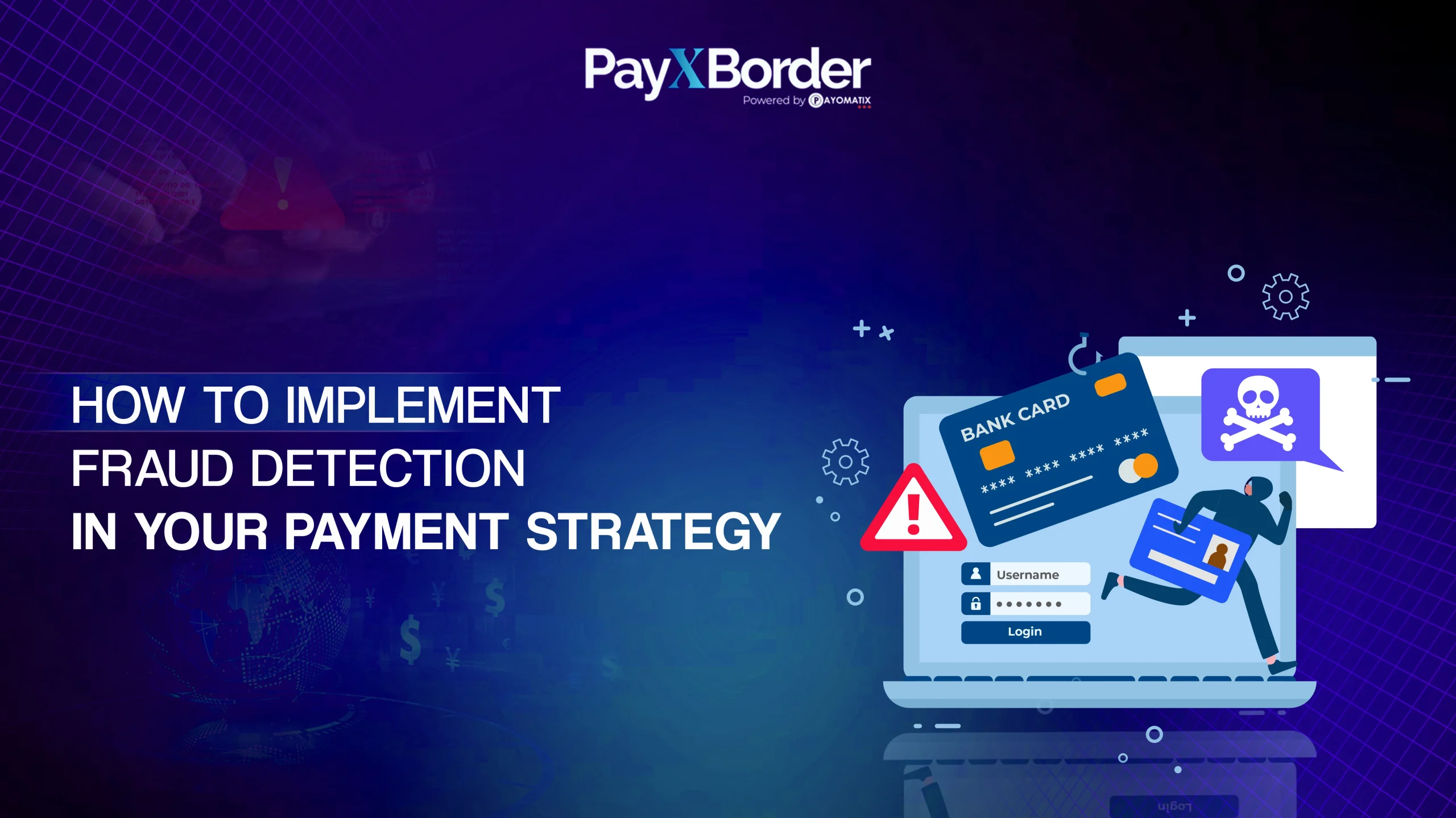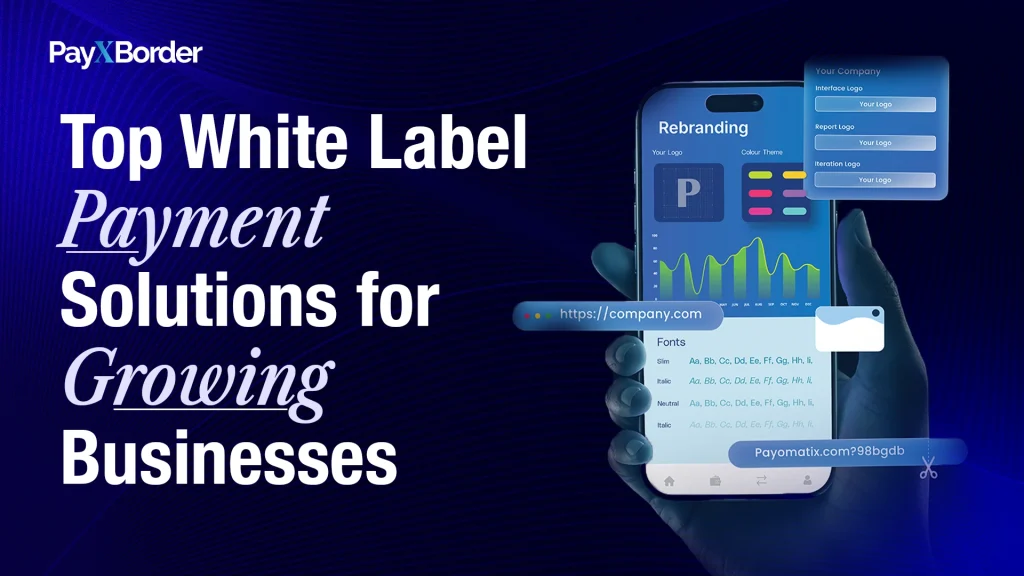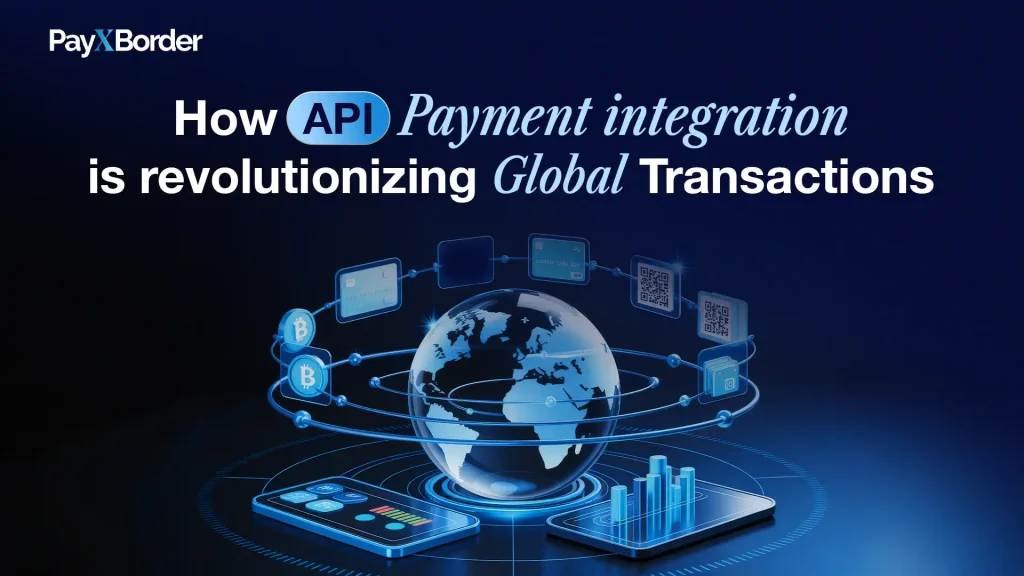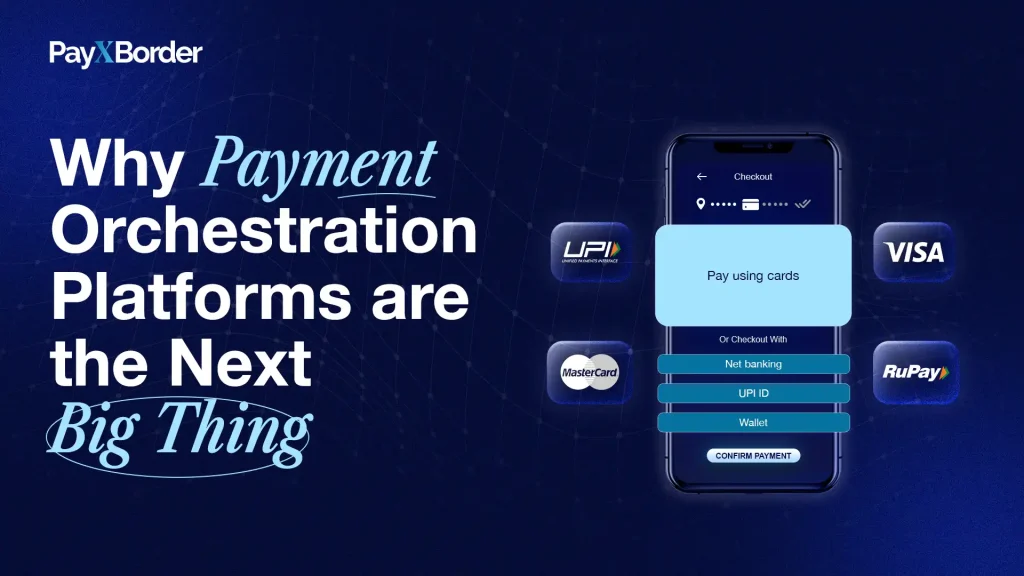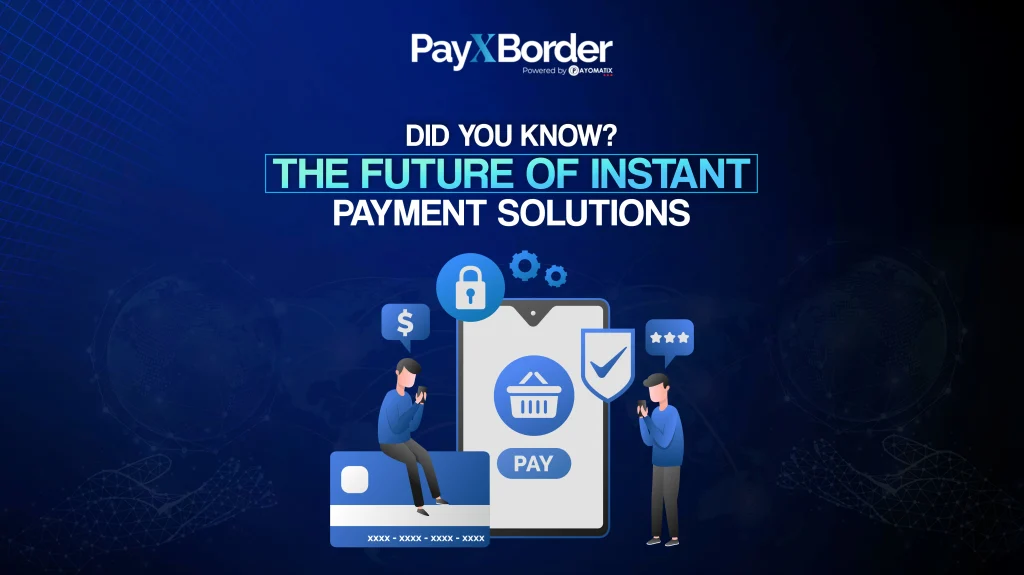Think your payment system is safe? Think again. Every 15 seconds, a business faces a payment fraud attempt.
In today’s digital economy, where transactions flow across borders and platforms in seconds, fraudsters are working just as fast. From phishing scams to card-not-present (CNP) fraud, online businesses are under constant threat. Integrating robust fraud detection services into your Compliance & Security strategy isn’t just smart—it’s essential.
This in-depth guide breaks down how you can implement top-tier fraud detection tools and best practices to secure your payments, protect customer trust, and enhance your PCI Compliance Services.
The Rising Risk of Payment Fraud in a Global Economy
Global digital commerce is booming, but so is the sophistication of fraud schemes. According to recent reports, payment fraud is expected to exceed $38 billion globally by 2027. Businesses that process online payments are prime targets, especially those operating in international markets.
Fraud doesn’t just cost money. It erodes customer confidence, tarnishes brand reputation, and can even result in regulatory penalties if compliance standards like PCI DSS aren’t met.
That’s why modern businesses must weave fraud prevention into their core payment strategy.
What Are Fraud Detection Services?
Fraud detection services are software tools and protocols that identify suspicious activities in financial transactions. These tools analyze data in real-time to detect anomalies, block high-risk payments, and alert security teams of potential threats.
Key features often include:
- Real-time transaction monitoring
- Machine learning algorithms to detect patterns
- Multi-layered verification (MFA, OTPs, etc.)
- IP and geolocation tracking
- Device fingerprinting
- Blacklisting known fraudulent accounts
At PayXBorder, we offer fraud detection as an integrated feature of our PCI Compliance Services, allowing businesses to remain secure while scaling across global markets.
Why Fraud Detection Is Critical to PCI Compliance Services
PCI DSS (Payment Card Industry Data Security Standard) mandates several guidelines related to fraud prevention, including:
- Restricting access to cardholder data
- Monitoring and testing networks
- Maintaining secure systems
Without proper fraud detection, your business risks non-compliance with PCI DSS, leading to fines or losing the ability to process card payments altogether.
By integrating detection tools with your payment gateway or digital wallet, you ensure both compliance and operational security.
Steps to Implement Fraud Detection Services Effectively
1. Assess Your Payment Ecosystem
Start with an audit of your existing payment setup. Identify all payment touchpoints—POS, online portals, mobile apps, etc. Map how data flows and where vulnerabilities exist.
PayXBorder helps businesses conduct a thorough audit through its compliance dashboard, highlighting weak spots in real-time payment security.
2. Integrate Real-Time Monitoring Tools
Don’t wait for fraud to happen. Implement monitoring software that flags suspicious activity the moment it occurs. Look for tools with adaptive learning capabilities.
PayXBorder integrates AI-powered fraud monitoring that evolves with new fraud patterns, ensuring you’re always ahead of the curve.
3. Apply Multi-Factor Authentication (MFA)
Adding a second verification layer significantly reduces the risk of unauthorized access. MFA can be enforced on logins, payment authorizations, and account changes.
4. Use Velocity Checks and Geolocation
Velocity checks look at how frequently transactions occur within a timeframe. If someone attempts five transactions in 30 seconds, it’s a red flag. Similarly, geolocation helps detect and block anomalies based on user locations.
5. Enforce Strong Customer Verification
From Know Your Customer (KYC) to biometric checks, verifying the identity of your clients or payers reduces fraud risk significantly. PayXBorder includes automated KYC verification in every onboarding process.
6. Regularly Update Your Blacklist and Whitelist
Maintain an updated record of flagged users, IP addresses, or suspicious domains. AI-powered systems can help automate this process.
7. Train Your Team and Customers
Fraud detection isn’t just tech—it’s also awareness. Conduct training sessions for staff and educate customers about safe practices like recognizing phishing emails or fake payment pages.
8. Generate Detailed Fraud Reports
Data is key to understanding fraud trends. Choose platforms like PayXBorder that provide detailed fraud logs and reports that feed into risk analysis.
How PayXBorder Enhances Fraud Protection with Compliance & Security
PayXBorder isn’t just a cross-border payments platform; it’s a security-first solution. Here’s how we safeguard your business:
- AI-Powered Monitoring: Real-time alerts based on smart pattern recognition
- Encrypted Payment Gateways: Data protection at every touchpoint
- Integrated KYC/AML: Automated compliance with global regulatory standards
- 24/7 Fraud Dashboard: Full transparency and control
- Instant Lock Mechanism: Pause transactions or accounts under threat
Combined with flat-fee pricing and multi-currency support, PayXBorder ensures your business grows without compromise.
Final Thoughts: Proactive is the New Secure
In the evolving threat landscape of digital finance, reactive measures aren’t enough. A proactive fraud detection strategy is the foundation of a secure, compliant, and future-ready payment ecosystem.
Platforms like PayXBorder empower businesses with the tools and insights needed to implement strong fraud protection while maintaining seamless customer experiences.
Protect your business with smart fraud prevention. Start with PayXBorder today.

